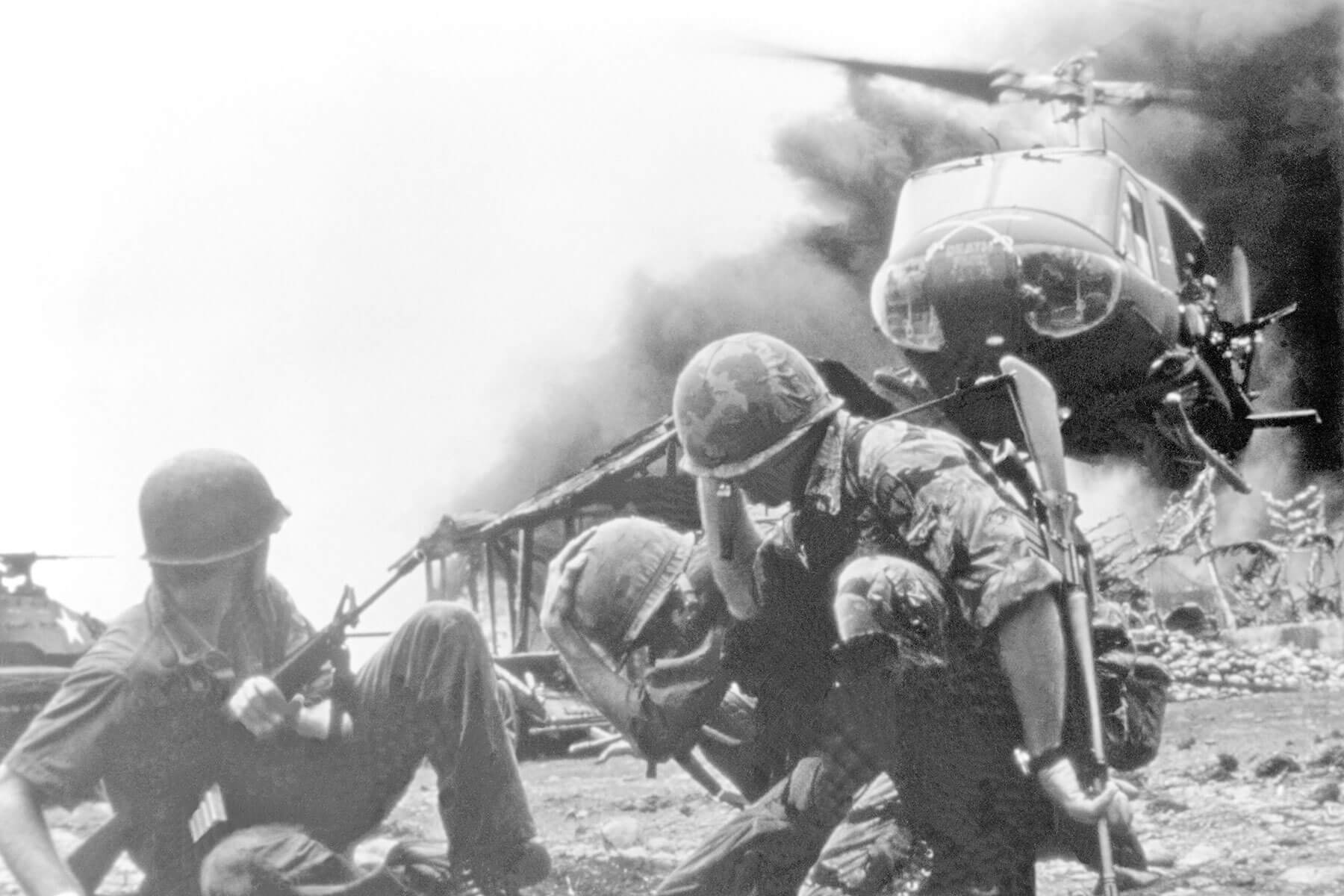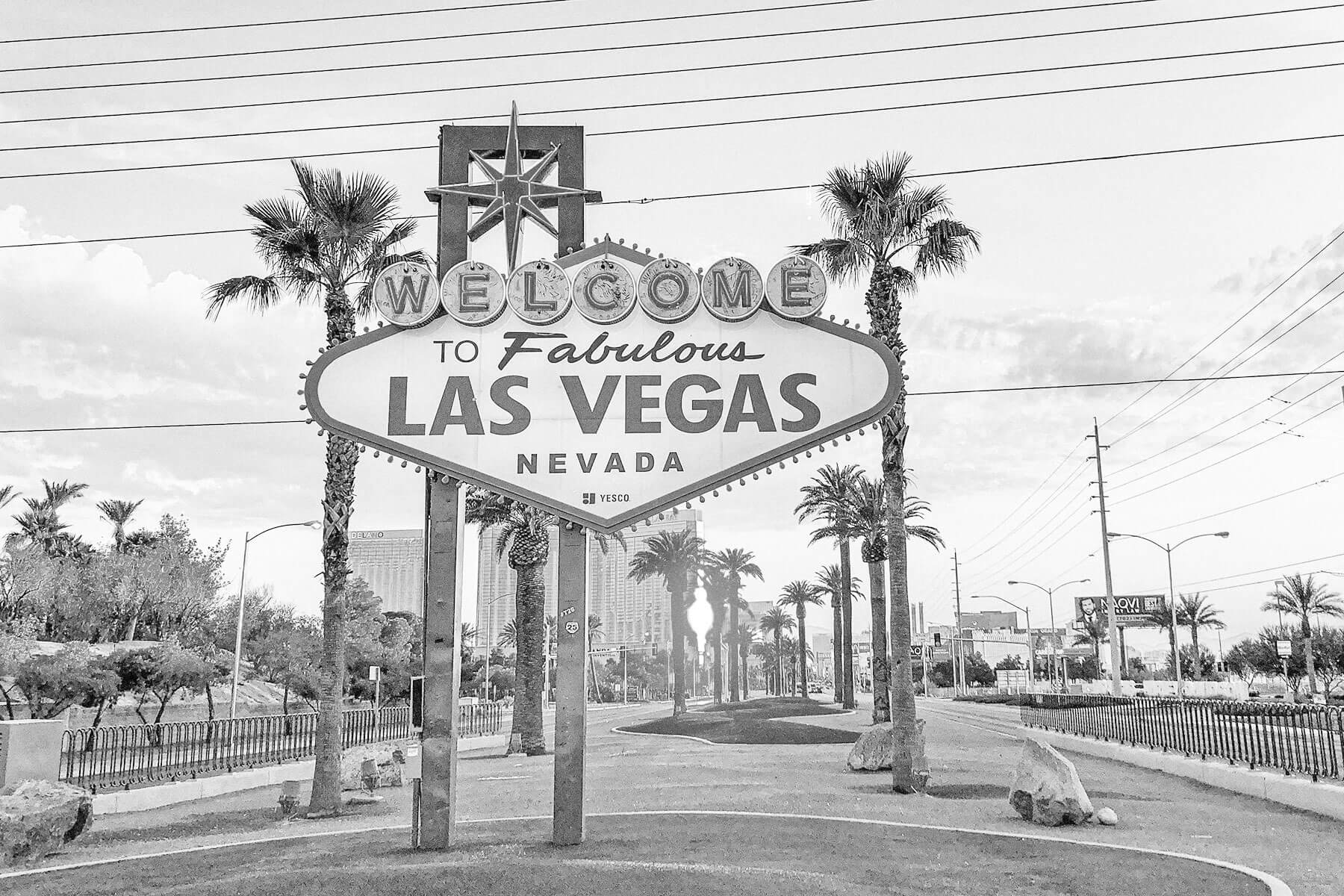What does "SOS" stand for?
Monday, August 19, 2024
After more than a century of use as a maritime distress signal, "SOS" has become shorthand for just about any emergency. |
| |
| |
|
 |
|
| A fter more than a century of use as a maritime distress signal, "SOS" has become shorthand for just about any emergency. You may have heard that it stands for "save our ship" or "save our souls," but that's actually a backronym, or an acronym made up after the fact. The letters in "SOS" didn't initially stand for anything; they were originally chosen because they form a sequence of Morse code that can be transmitted more quickly than others. |
|
|
| Morse code (named for Samuel Morse) is a way of transmitting phrases with light flashes or electrical pulses; each letter and numeral has its own sequence of between one and five short bursts (known as "dots" or "dits") and long bursts ("dashes" or "dahs"). In 1901, inventor Guglielmo Marconi created a radio transmitter that could send Morse code signals across the Atlantic, allowing ships to communicate with other vessels and land-based stations. British operators were already using "CQ," or "seeking you," as a signal to alert all stations, so Marconi's wireless company recommended "CQD," or "seeking you, distress," as an emergency signal. Meanwhile, the United States usually used "NC," the Germans used "SOE," and Italians used "SSSDDD." But the problem with all of these is they required brief pauses between the letters. |
|
| Delegates at the 1906 International Radiotelegraph Conference suggested a simpler, more standardized distress call. The letters "S" and "O" — three dots and three dashes, respectively — are extremely simple and easy to understand without any spaces, so "SOS" could be transmitted on a quick, continuous loop. Most countries officially adopted the code in 1908 and, even though the U.S. was not among them, an American ship was the first to use the signal when its propeller snapped. "CQD" remained popular with the British even after other countries had adopted "SOS," and when the RMS Titanic sank in 1912, it signaled for help with both "SOS" and "CQD." By that time, the backronym had already taken hold. During the British government inquiry on the Titanic disaster, Attorney General Rufus Isaacs was under the impression that "SOS" stood for "save our souls." |
|
 |  |
|
|
 |
|
| |
|
| Total dots and dashes in the code "CQD," without pauses | | | 11 |
| | | Year the U.S. phased out Morse code for maritime communications | | | 1999 |
| | | Year the U.S. phased out Morse code for maritime communications | | | 1999 |
|
|
|
| Nikola Tesla's radio patent number | | | 645,576 |
| | | Titanic passengers who survived the disaster | | | 706 |
| | | Titanic passengers who survived the disaster | | | 706 |
|
|
|
 |
|
 | | Did you know? |
|
|
The distress signal "mayday" comes from a French word. |
|
| In the 1920s, there was a lot of air traffic between England and France, and radio communication between pilots was spoken, not telegraphed. While "SOS" is very practical to transmit using Morse code, it can be easily garbled when said out loud — an "S" can sound like an "F" or even an "X." The term "mayday," coined in 1923, is a phonetic spelling of the French m'aidez, meaning "help me," and was preferred for spoken communication. Although the observance of the May Day spring festival predates the "mayday" code by hundreds of years, it's unrelated to the distress call. |
|


posted by June Lesley at 4:02 AM












![]()
![]()






0 Comments:
Post a Comment
<< Home